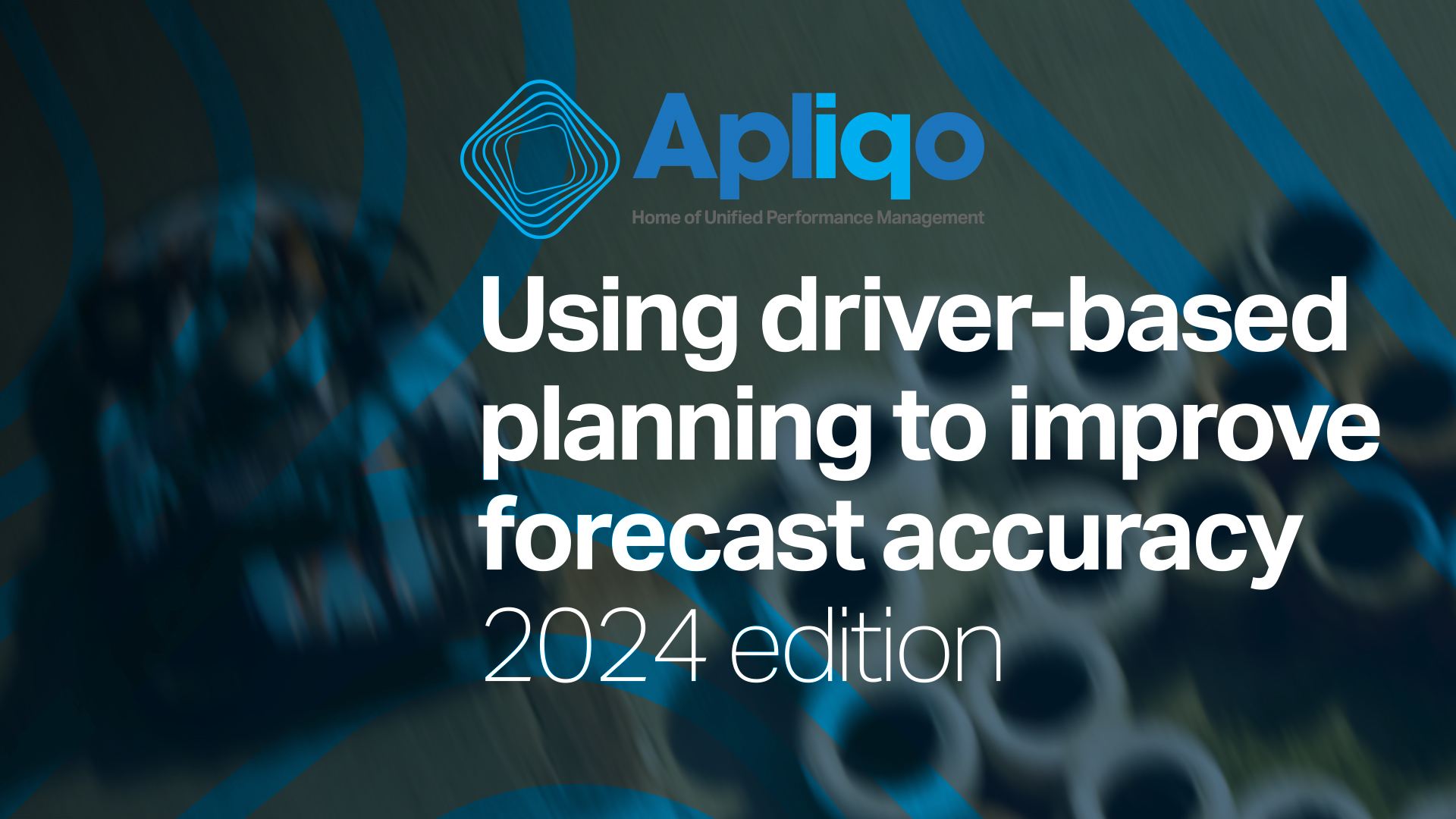Digitalisation is a hot topic. Not only does it promise to streamline tedious and time-consuming FP&A processes, but it could also pave the way for CFOs like you to trade in their accounting hats and instead serve the role of active business strategists.
The idea of digitalising FP&A can be daunting, especially for CEOs with a more traditionalist background. However, its potential to revolutionize the way your team works and thinks, however, is undeniable.
Keep reading to learn how digital transformation can drive real value for your company.
Fast-Tracking FP&A with Digital Transformation
As the name suggests, FP&A digitalisation is all about harnessing the power of technology to update the ways CFOs and their teams do business. Doing so has 2 very clear benefits:
“First and foremost, digitalisation increases both the quality and efficiency of the core processes that underlie the work of finance teams,” says Apliqo CEO Daniele Tedesco.
“Secondly, it helps finance leaders free up their time and allocate resources to activities that drive real value for their organisations,” Daniele continues.
While financial planning and analytics has the potential to not only assess but actually drive a company’s performance, many institutions aren’t harnessing the full potential of their finance team.
According to a survey led by the Association for Financial Professionals and research firm APQC, FP&A professionals dedicate only 25% of their time to analytics. The rest of their time is taken up by data gathering and process administration.
Moreover, many companies use Excel as the main mechanism underlying their consolidation and reporting. If your company is still stuck in Excel, it’s impossible for you to harness your team’s potential and produce intelligent, value-driven analytics, because most of their time and energy is spent pumping out spreadsheets and performing manual reconciliations.
“Besides simply boosting the efficiency of your team, digitalisation can also improve the quality and consistency of its analysis and boost employee satisfaction,” says Daniele.
Automation and Data Visualisation: Two Pillars of FP&A digitalisation
Automation and visualisation are arguably 2 of the most important aspects of financial digitalisation because they help address many of the underlying challenges keeping finance teams from taking on more important, value-driving roles at their companies.
“Finance automation is no longer just a “nice-to-have.” Today, companies need automation in order to replace manual data entry and other error-prone finance functions, and to close faster,” says Daniele. Some critical ways automation can impact your team’s productivity include:
- Automating data collection, presentation, and computation to free up time for smarter, more insightful analysis.
- Eliminating manual errors through the use of accounting automation.
- Reducing the risk of fraud by eliminating manual data storage in spreadsheets and adding approval workflows to control who accesses your company’s critical data.
While automation helps streamline time-consuming manual finance processes, data visualisation can help us communicate our analysis to company stakeholders and inform their decision-making. And as we’ve touched on in previous articles and Masterclasses, communication is something many finance professionals struggle with.
“Most people are visual learners, so most of the world naturally prefers to receive new information in a visual manner,” says Daniele. Unfortunately however, finance reporting methods traditionally focus on static tables of numbers rather than engaging visuals. Not only are these traditional methods far less attention-grabbing, but they actually place the burden of interpreting data on the individual analyst or, even worse, the reader.
“Interpretation is always risky, especially with data-based decision-making, so you typically wouldn’t want the core of your analysis to be left to an individual’s interpretation,” says Daniele.
But the benefits of data visualisation don’t end there; getting into the habit of using visual tools to interpret your analysis can also help you identify additional trends and find even deeper insights, especially when using multiple data sources or interactive features.
The Challenges of digitalising FP&A
Transforming your company’s financial processes isn’t easy. In general, some of the biggest hurdles businesses face as they try their hand at digital transformation include:
- Dealing with disconnected systems and processes
- Producing valuable, relevant business insights on-time
- Spending too much time on manual taskwork
- Inaccurate budgeting and forecasting
- A lack of collaboration
- A lack of real-time information
Luckily, overcoming these challenges can be relatively simple. According to Daniele, it’s all about implementing a common platform that combines all your reporting and planning and serves as a trusted information hub.
“This platform should be able to represent the full complexity of the business in one coherent, integrated model, allowing you to easily spot all impacts to P&L, Balance Sheet, and Cashflow,” Daniele says.
By leveraging modern web-based technologies and operational models that support your core financial model, you can then also collaborate your analysis company-wide. Remember to use solid presentation and visualisation layers to communicate your insights and plans to the company’s key stakeholders.
More Digital FP&A Tools for Faster Closing and Better Analysis
The digitalisation of FP&A is a broad topic. But some key tools your Office of Finance simply can’t do without include:
- A solid ERP/GL system that allows for effective transaction handling.
- A Financial Consolidation and Close solution that allows for effective and accurate closing processes.
- A central FP&A platform for reporting and planning that allows in-depth analysis, visualisation, and extensive modelling to gain deep insights into your business and effectively drive its performance.
- Advanced Analytics and Predictive AI/ML solutions that allow for automation and faster, more accurate trend analysis.
- A central solution for common master data to achieve high quality, standardised, group-wide information to all stakeholders.
Finally, arguably the most important tip to help with your company’s financial digitalisation is this; find the right partner. The right digital transformation partner will use their expertise and experience to help you build a digital backdrop tailored to your company, its business, and its needs.
To learn more about how to fast-track the digitalisation of your FP&A processes and start focusing your efforts on producing value-driven analytics that have a real impact on your company’s performance, contact us today.







